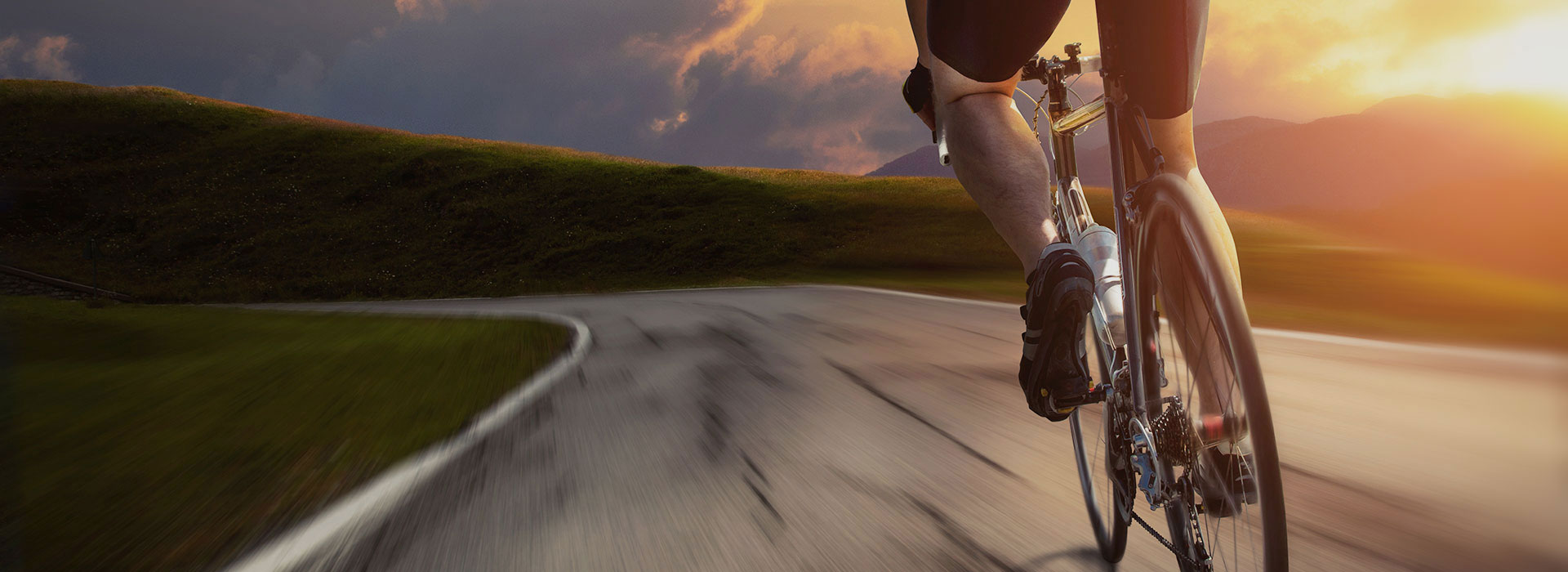- Español
- Português
- русский
- Français
- 日本語
- Deutsch
- tiếng Việt
- Italiano
- Nederlands
- ภาษาไทย
- Polski
- 한국어
- Svenska
- magyar
- Malay
- বাংলা ভাষার
- Dansk
- Suomi
- हिन्दी
- Pilipino
- Türkçe
- Gaeilge
- العربية
- Indonesia
- Norsk
- تمل
- český
- ελληνικά
- український
- Javanese
- فارسی
- தமிழ்
- తెలుగు
- नेपाली
- Burmese
- български
- ລາວ
- Latine
- Қазақша
- Euskal
- Azərbaycan
- Slovenský jazyk
- Македонски
- Lietuvos
- Eesti Keel
- Română
- Slovenski
- मराठी
- Srpski језик
Difference Between Shift and Single Speed Bikes (3)
2022-04-02
Difference Between Shift and Single Speed Bikes (3)
The pedal part is assembled on the left and right cranks of the central shaft part, which is a device that converts the horizontal force into the rotational force. When the bicycle is riding, the pedal force is first transmitted to the pedal part, and then the pedal shaft rotates the crank, and the central axis , the chain flywheel, which makes the rear wheel turn, thus moving the bike forward. Therefore, whether the structure and specifications of the pedal components are suitable will directly affect whether the position of the rider's feet is suitable, and whether the driving of the bicycle can be carried out smoothly. Pedal: It can be divided into integral pedal and combined pedal. No matter what style of pedal, it must have a pedal surface, must be safe and reliable, and have a certain anti-skid performance. It can be made of rubber, plastic or metal materials. The pedals must be flexible.
The front fork part is located in the front part of the bicycle structure, its upper end is connected with the handlebar part, the frame part is matched with the front tube, and the lower end is matched with the front axle part to form a guide system of the bicycle. Turning the handlebar and front fork can change the direction of the front wheel, which plays a guiding role in the bicycle. In addition, it can also play a role in controlling the running of the bicycle. The force of the front fork is of the nature of a cantilever beam, so the front fork must have sufficient strength and other properties.
The flywheel is screwed and fixed on the right end of the rear axle with the inner thread, keeps the same plane with the sprocket, and is connected with the sprocket through the chain to form the driving system of the bicycle. From the structure, it can be divided into two categories: single-stage flywheel and multi-stage flywheel. The single-stage flywheel, also known as the single-chain sprocket flywheel, is mainly composed of a jacket, a flat block and a core, a spring, a spring, a washer, a wire block and a few steel balls.
The working principle of its single-stage flywheel: when the pedal is stepped forward, the chain drives the flywheel to rotate forward. At this time, the inner teeth of the flywheel are contained in the jinjin, and the rotating force of the flywheel is transmitted to the core through the jinjin, and the core drives the rear axle and the shaft. The rear wheel turns and the bike moves forward. When you stop stepping on the pedals, neither the chain nor the jacket rotates, but the rear wheel still drives the core and the jack to rotate forward under the action of inertia. At this time, the inner teeth of the flywheel slide relative to each other, thereby compressing the core to the core. In the slot of the child, Qianjin compresses the spring again. When the top of the jack tooth slides to the top of the inner tooth of the flywheel, the jack spring is compressed the most, and then slides a little forward, and the jack spring is bounced to the tooth root, making a "click" sound. The core rotates faster, and the jins quickly slide on the inner teeth of each flywheel, making a "click" sound. When the pedal is stepped in the opposite direction, the jacket rotates in the opposite direction, which will accelerate the sliding of the jins and make the "click" sound more rapid. Multi-stage flywheel is an important component in bicycle transmission. The multi-stage flywheel is based on the single-stage flywheel, adding several flywheel pieces, and combining with the sprocket on the central axis to form various transmission ratios, thereby changing the speed of the bicycle.

The pedal part is assembled on the left and right cranks of the central shaft part, which is a device that converts the horizontal force into the rotational force. When the bicycle is riding, the pedal force is first transmitted to the pedal part, and then the pedal shaft rotates the crank, and the central axis , the chain flywheel, which makes the rear wheel turn, thus moving the bike forward. Therefore, whether the structure and specifications of the pedal components are suitable will directly affect whether the position of the rider's feet is suitable, and whether the driving of the bicycle can be carried out smoothly. Pedal: It can be divided into integral pedal and combined pedal. No matter what style of pedal, it must have a pedal surface, must be safe and reliable, and have a certain anti-skid performance. It can be made of rubber, plastic or metal materials. The pedals must be flexible.
The front fork part is located in the front part of the bicycle structure, its upper end is connected with the handlebar part, the frame part is matched with the front tube, and the lower end is matched with the front axle part to form a guide system of the bicycle. Turning the handlebar and front fork can change the direction of the front wheel, which plays a guiding role in the bicycle. In addition, it can also play a role in controlling the running of the bicycle. The force of the front fork is of the nature of a cantilever beam, so the front fork must have sufficient strength and other properties.
The flywheel is screwed and fixed on the right end of the rear axle with the inner thread, keeps the same plane with the sprocket, and is connected with the sprocket through the chain to form the driving system of the bicycle. From the structure, it can be divided into two categories: single-stage flywheel and multi-stage flywheel. The single-stage flywheel, also known as the single-chain sprocket flywheel, is mainly composed of a jacket, a flat block and a core, a spring, a spring, a washer, a wire block and a few steel balls.
The working principle of its single-stage flywheel: when the pedal is stepped forward, the chain drives the flywheel to rotate forward. At this time, the inner teeth of the flywheel are contained in the jinjin, and the rotating force of the flywheel is transmitted to the core through the jinjin, and the core drives the rear axle and the shaft. The rear wheel turns and the bike moves forward. When you stop stepping on the pedals, neither the chain nor the jacket rotates, but the rear wheel still drives the core and the jack to rotate forward under the action of inertia. At this time, the inner teeth of the flywheel slide relative to each other, thereby compressing the core to the core. In the slot of the child, Qianjin compresses the spring again. When the top of the jack tooth slides to the top of the inner tooth of the flywheel, the jack spring is compressed the most, and then slides a little forward, and the jack spring is bounced to the tooth root, making a "click" sound. The core rotates faster, and the jins quickly slide on the inner teeth of each flywheel, making a "click" sound. When the pedal is stepped in the opposite direction, the jacket rotates in the opposite direction, which will accelerate the sliding of the jins and make the "click" sound more rapid. Multi-stage flywheel is an important component in bicycle transmission. The multi-stage flywheel is based on the single-stage flywheel, adding several flywheel pieces, and combining with the sprocket on the central axis to form various transmission ratios, thereby changing the speed of the bicycle.






